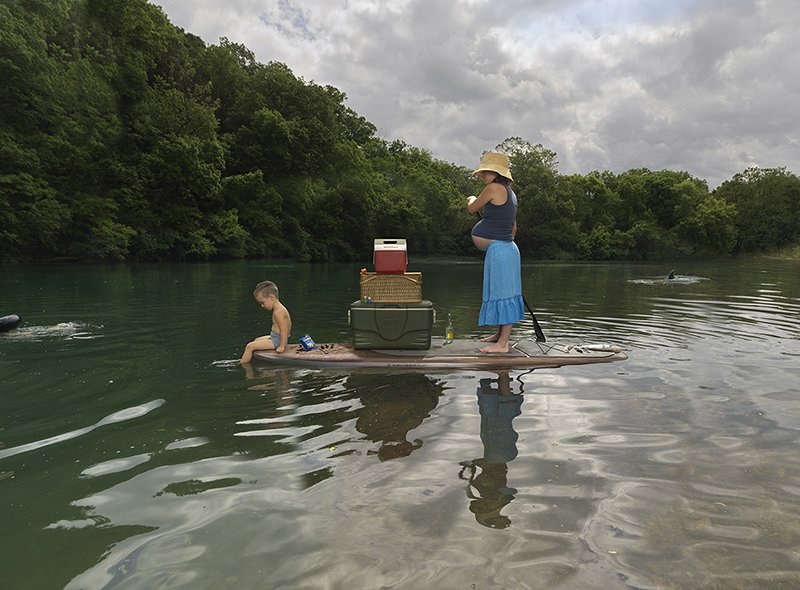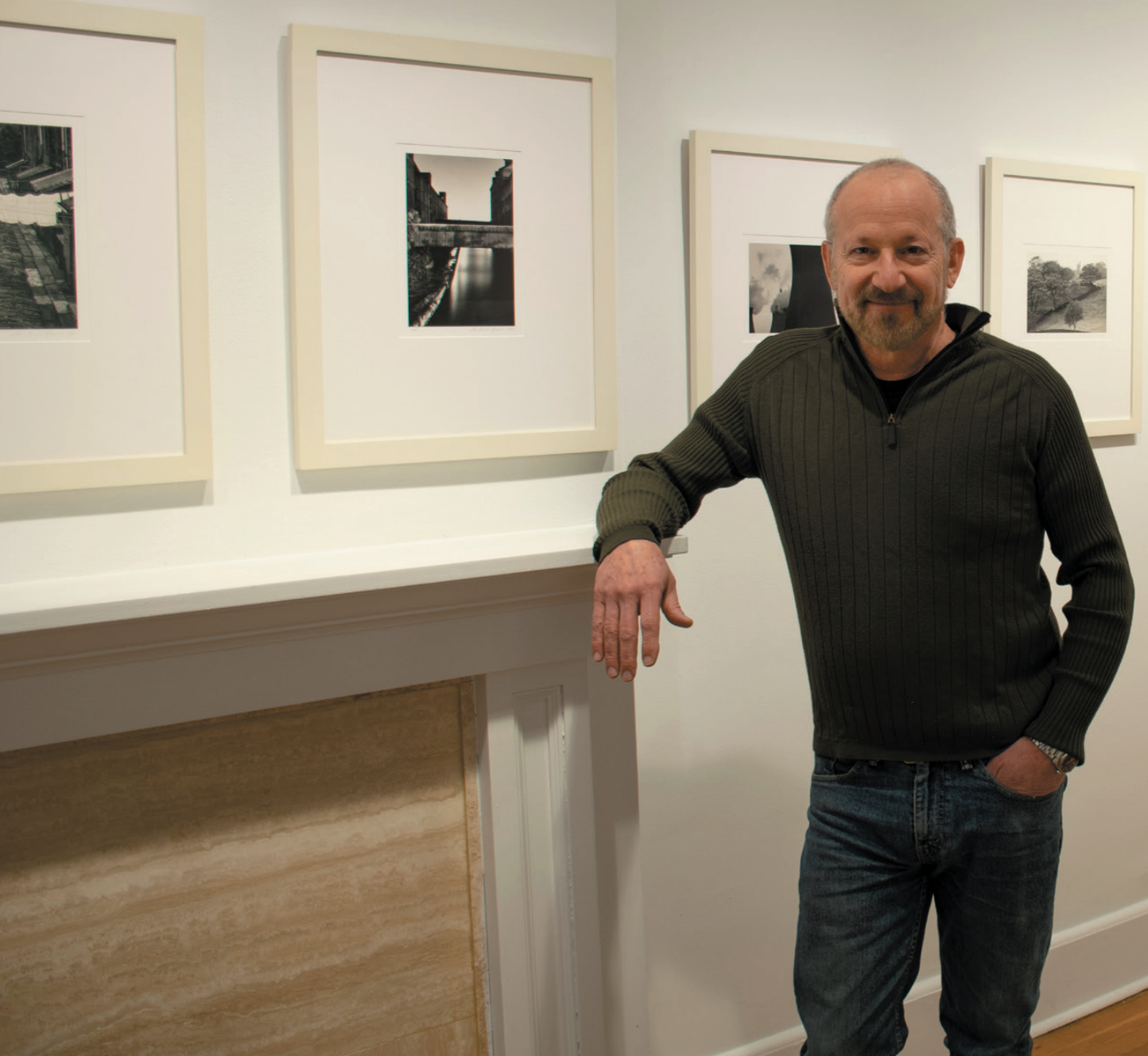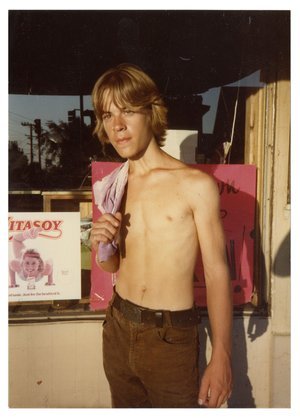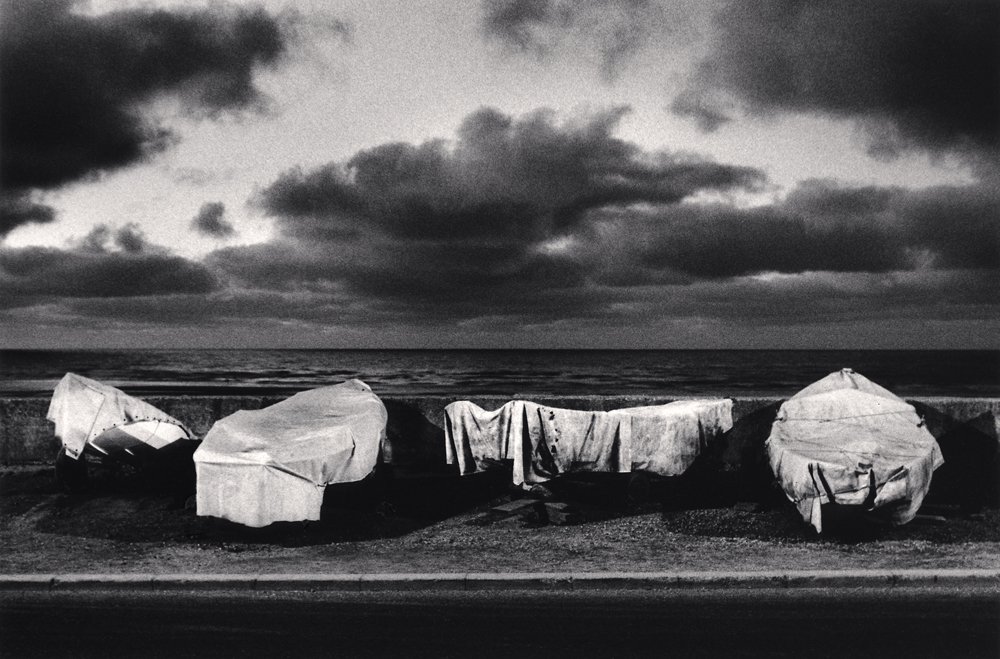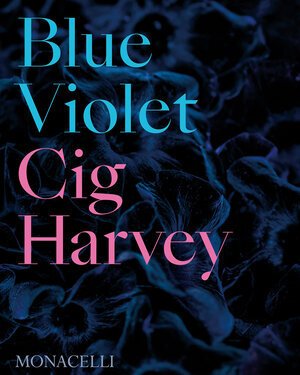ROBERT MANN : JEFF BROUWS : TYPOLOGIES
Robert Mann Gallery presents Typologies, an online presentation of works by Jeff Brouws.
Practicing what the artist terms “visual anthropology,” Brouws, over the past thirty years, has persistently pursued a body of work that examines the evolving American landscape through its myriad cultural and industrial artifacts. Taking inspiration from the “anonymous sculpture” studies of Hilla and Bernd Becher, the New Topographics Movement, the deadpan artist books of Ed Ruscha—and with these latest series the topographic surveys of the 19th Century—Brouws has produced visual archives focused mainly on architectural and landscape forms that forge his own photographic territory. Without romanticizing his subject matter, the photographs ask us to consider the historic, economic or social forces that have shaped our built environment—from its initial development to its eventual demise to its rebirth.


